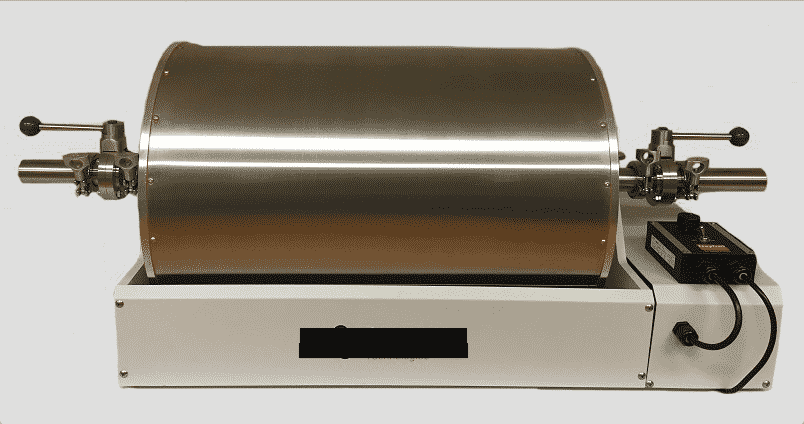A recent study has revealed new insights into the infectiousness of airborne COVID particles. Researchers from Bristol University’s Aerosol Research Centre have shown viral particles lose most of their infectivity within minutes of being exhaled.
The study has not yet been peer-reviewed, but relays promising conclusions. Bristol researchers report that COVID loses 90% of its contagion capacity after 20 minutes in the air. Most of this loss happens in the first 5 minutes, showing that most COVID transmission occurs over short distances, and quickly.
These results reveal the higher risk of short-range transmission, underscoring the importance of social distancing and mask-wearing as control measures.
The Study
The survey is notable not just for its results, but for its methods too. Prior research on the infectivity of airborne COVID sprayed the virus into Goldberg drums. Goldberg drums are sealed vessels, which rotate to keep the droplets airborne.
American researchers used this method in 2020, to conclude that infectious COVID particles could be detected after 3 hours. However, Goldberg drums don’t accurately simulate what happens when people cough or breathe. So, the Bristol study sought to develop a new method.

Scientists from the Aerosol Research Centre developed a new apparatus for the study. Their device allowed them to gently levitate viral particles between two electric rings. Droplets could be floated from between 5 seconds to 20 minutes, while scientists tightly controlled the temperature, humidity and UV light intensity around them.
Speaking about this new method, the study’s head scientist Jonathan Reid said, “this is the first time anyone has been able to actually simulate what happens to the aerosol during the exhalation process.”
The Results
The study’s findings underscore two crucial factors affecting COVID’s infectiousness: humidity, and carbon dioxide levels. While in the lungs, COVID particles enjoy a moist, CO2-rich environment. Once exhaled, the loss of moisture dries the virus out, and the drop in CO2 results in a rapid increase in pH levels.
Still, the speed at which droplets lose contagion capability depended on the humidity of the external environment. In drier spaces, such as offices that sit at less than 50% humidity, COVID lost half its infectivity in 5 minutes. After the 5-minute mark, further decline was steadier and slower.
But in spaces where humidity levels sit at about 90%, like shower rooms, this trend is slower. In the first 5 minutes, more than half of particles remained infectious, and it took 20 minutes for infectiousness to drop below 10%.
Temperature did not impact the infectiousness of particles, debunking the popular myth that viral transmission is lower in hotter atmospheres.
The study reported its findings were consistent across all three variants it has tested – Alpha, Beta and Delta. They plan to start analysis of the Omicron strain shortly.
Cover photo by Annie Spratt on Unsplash.
Follow Maddie’s journalism journey on Twitter.
Sign Up To Our Free Newsletter